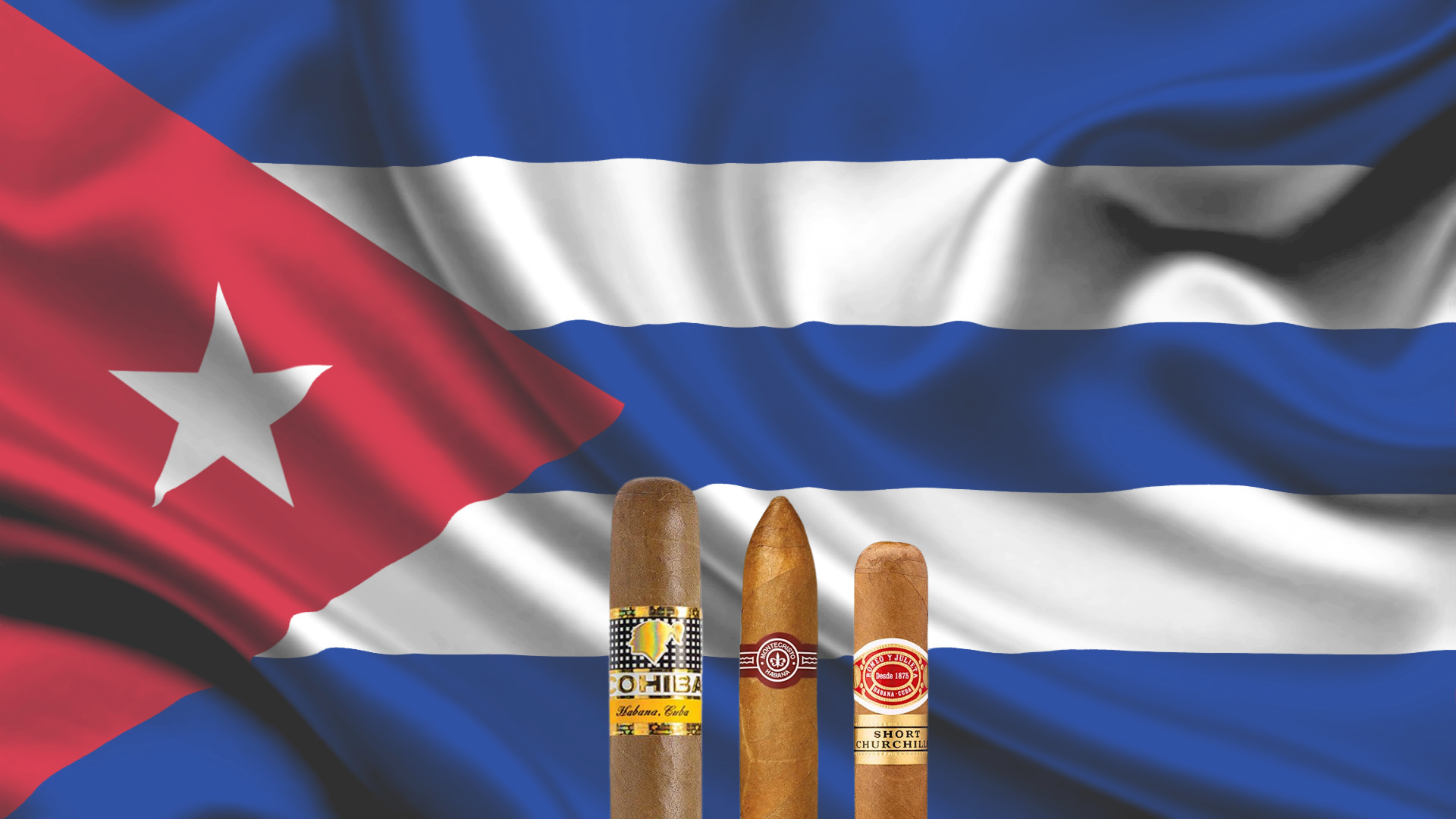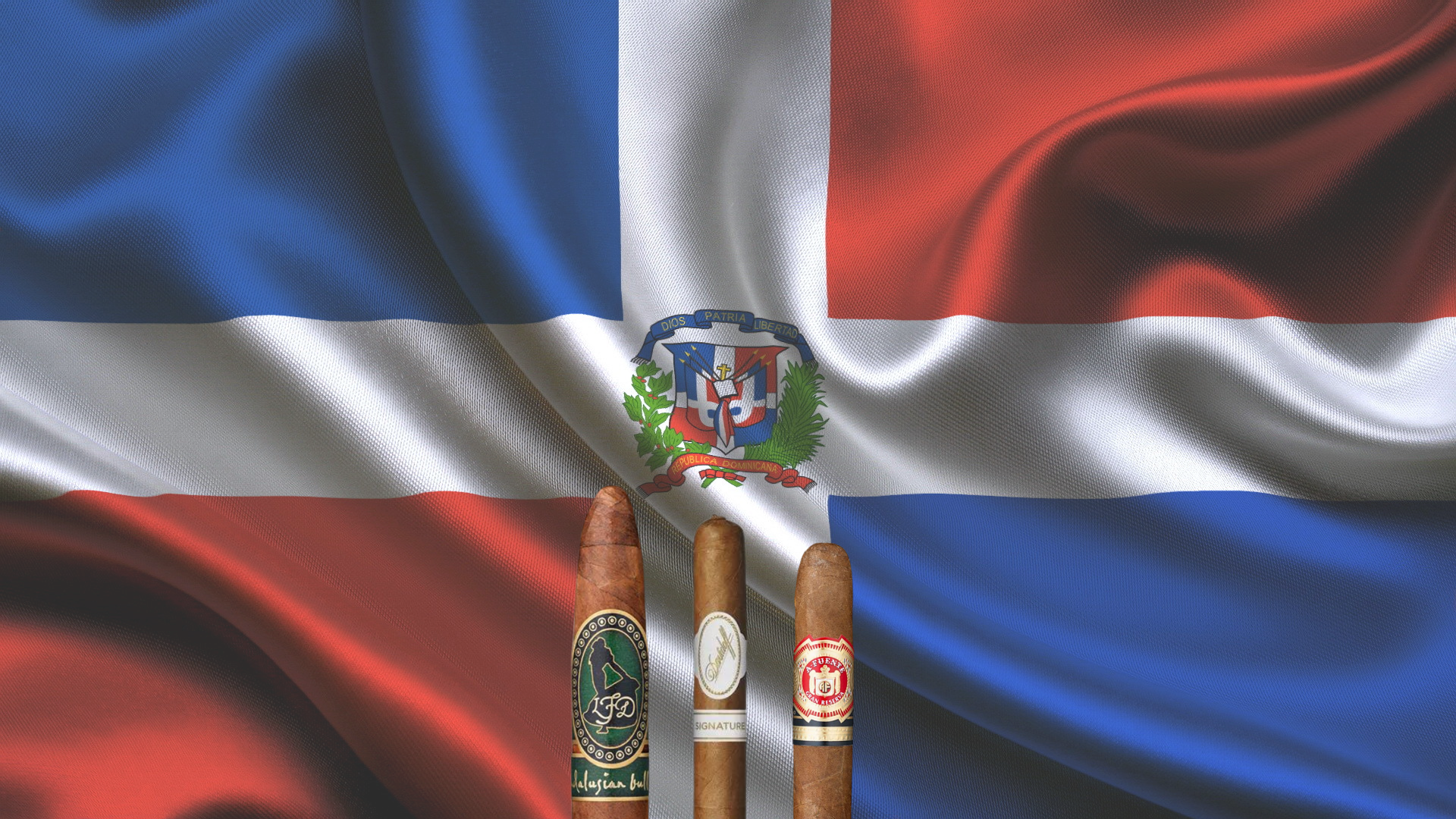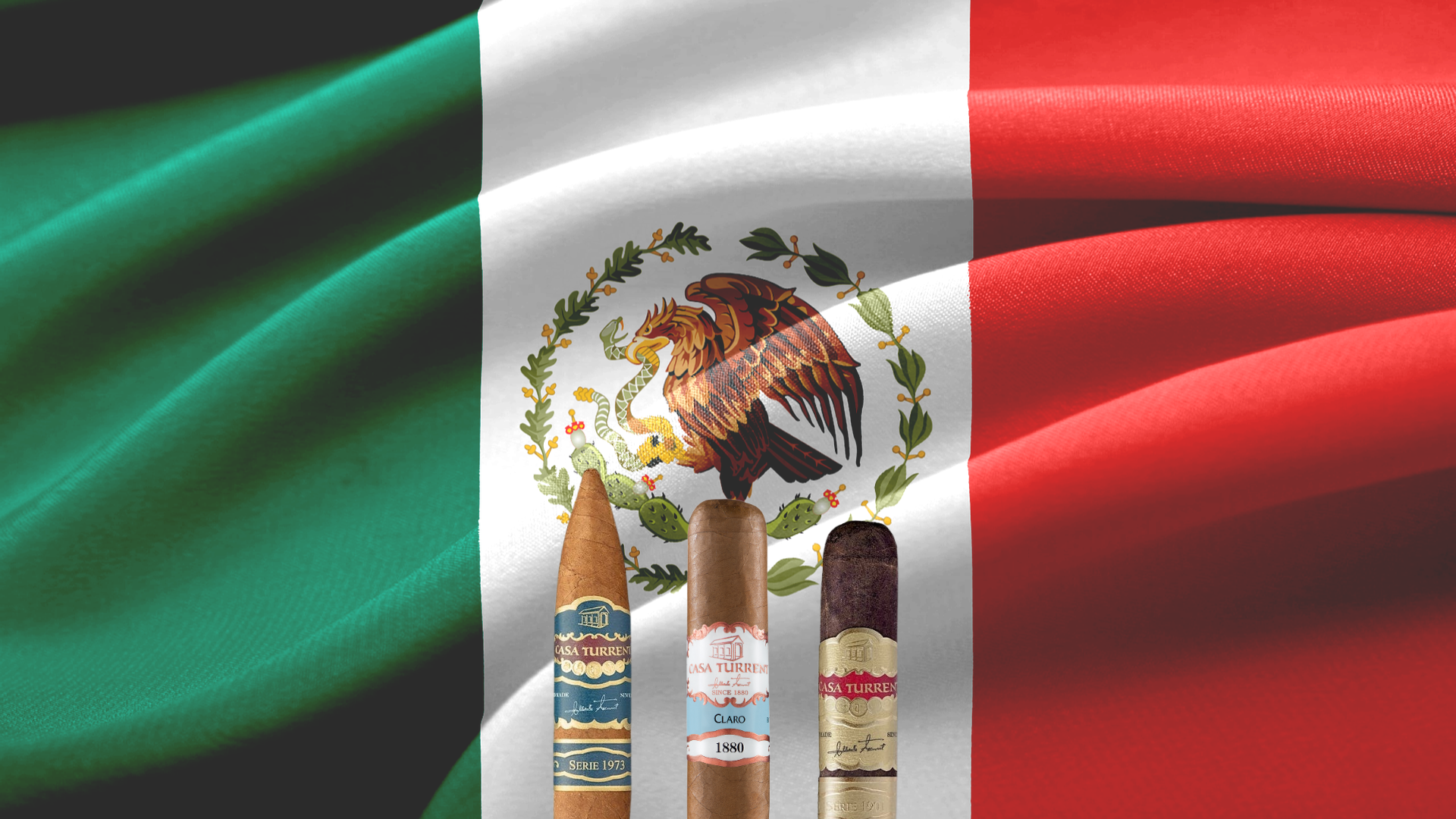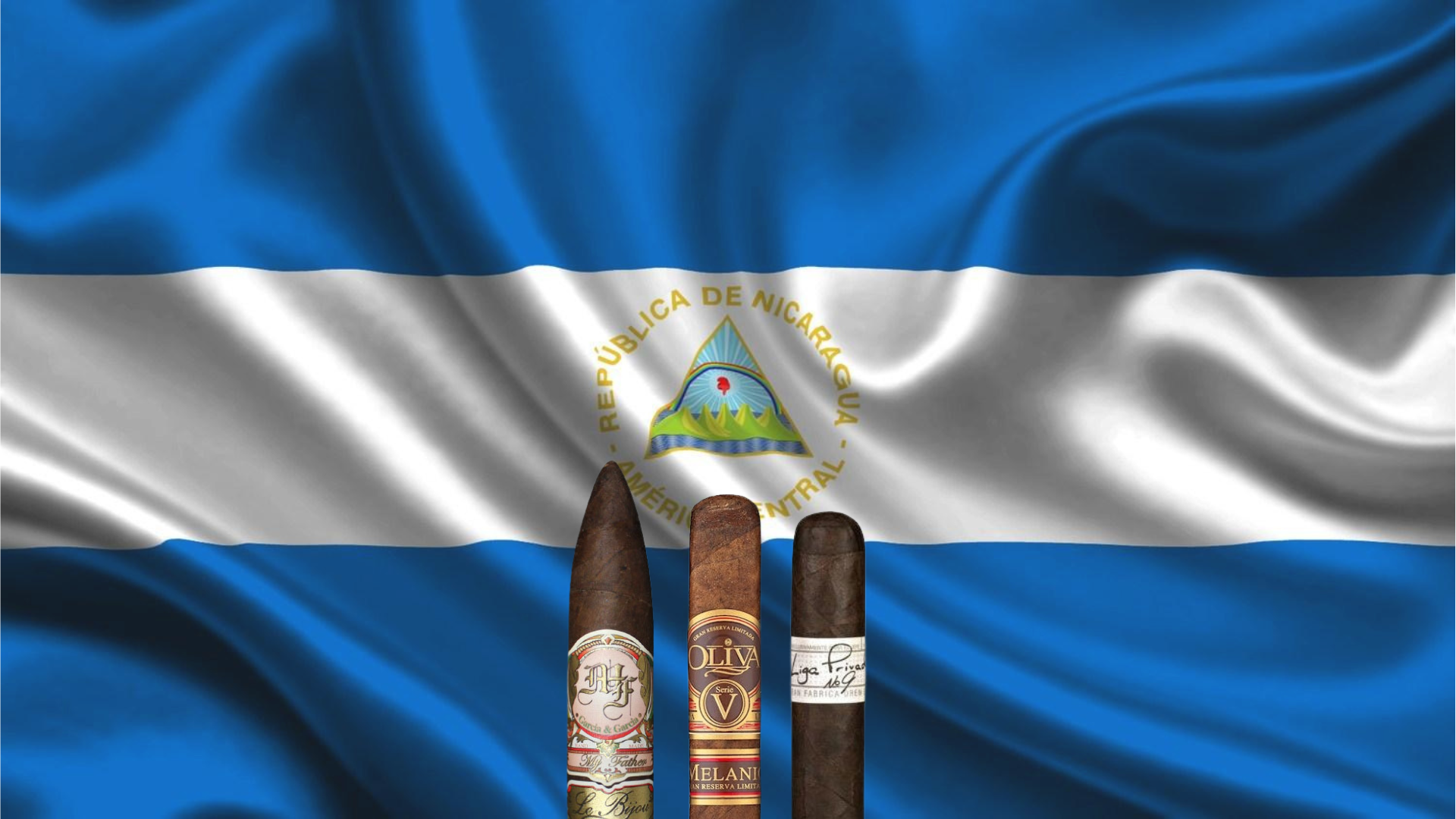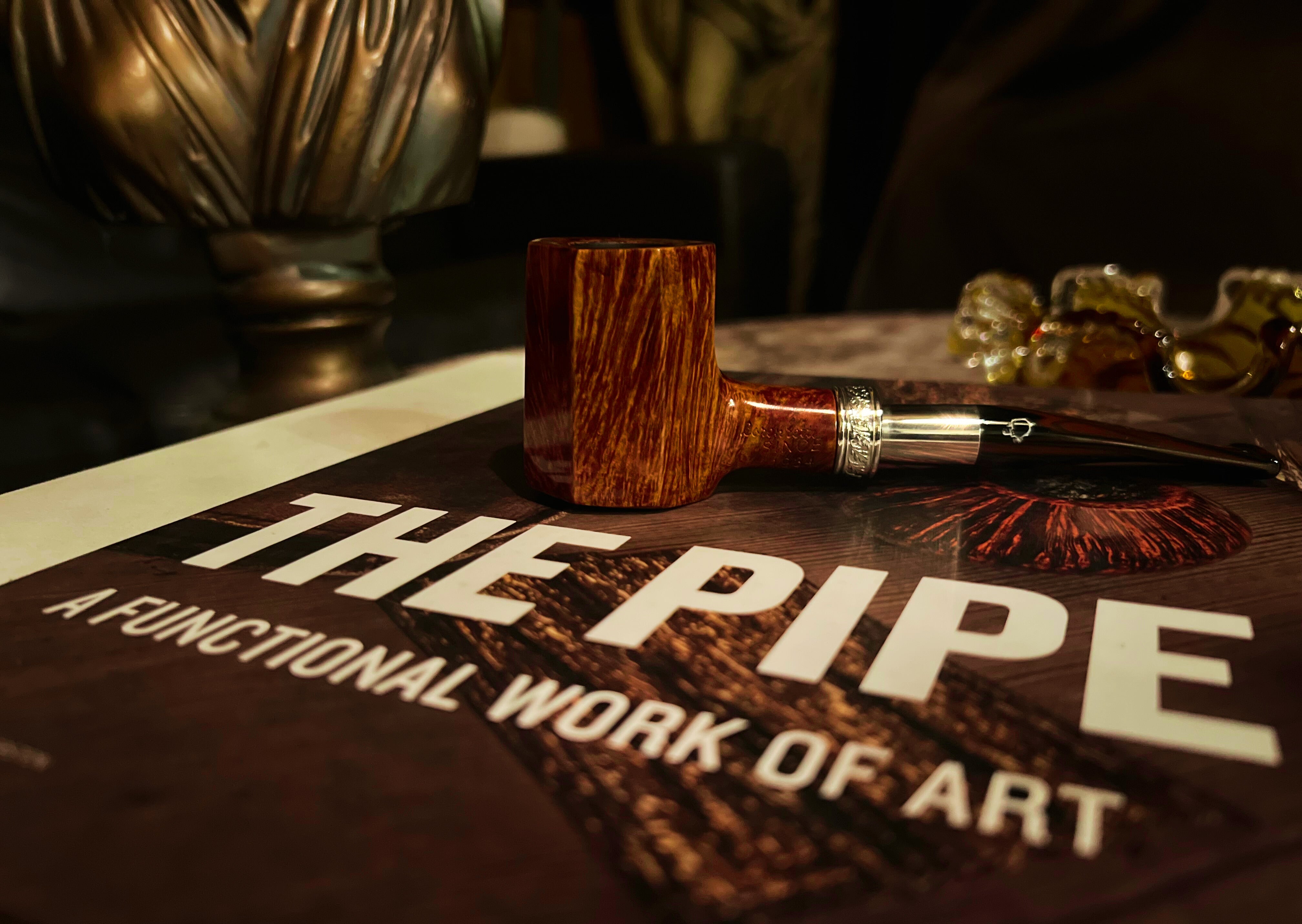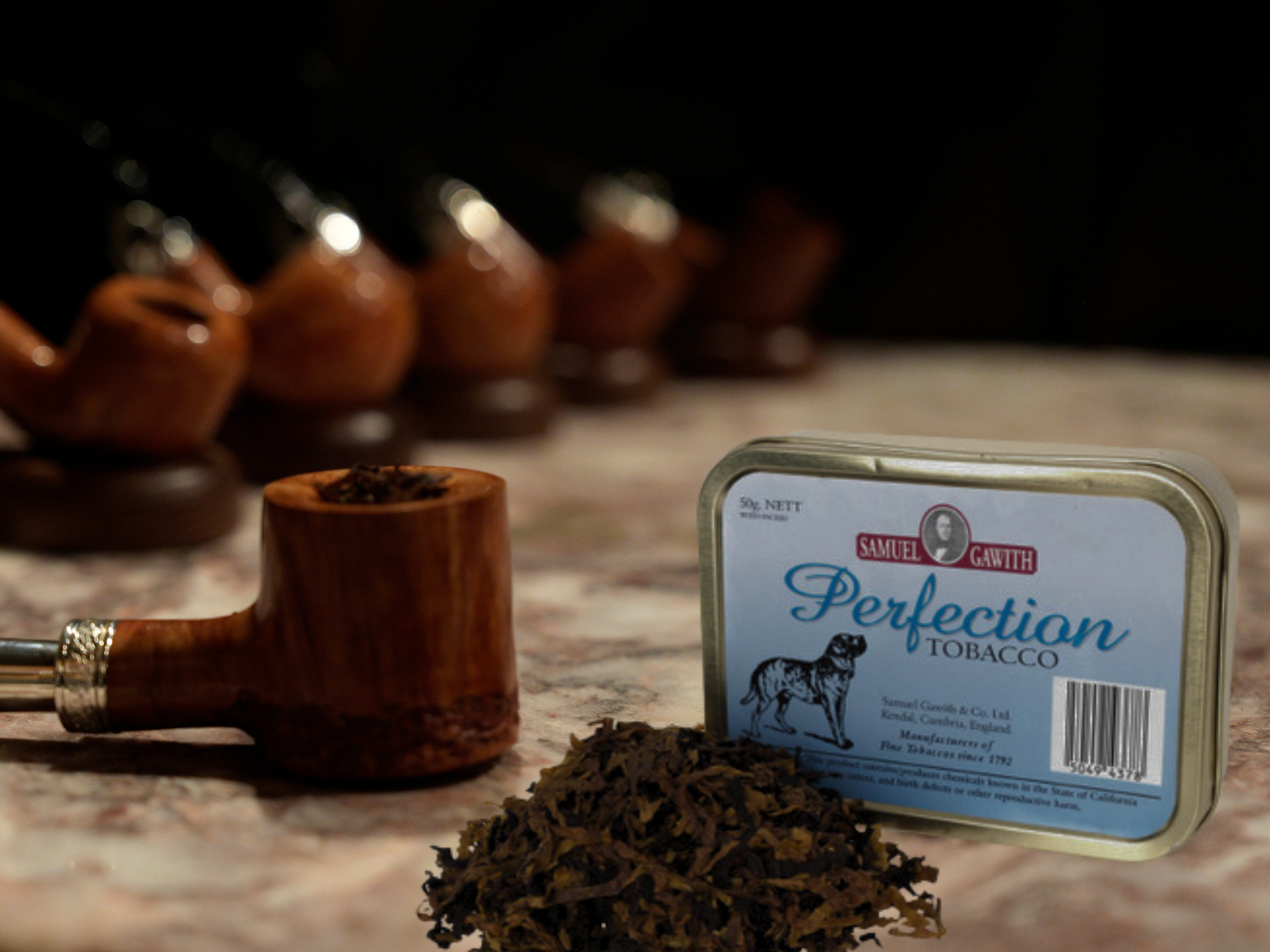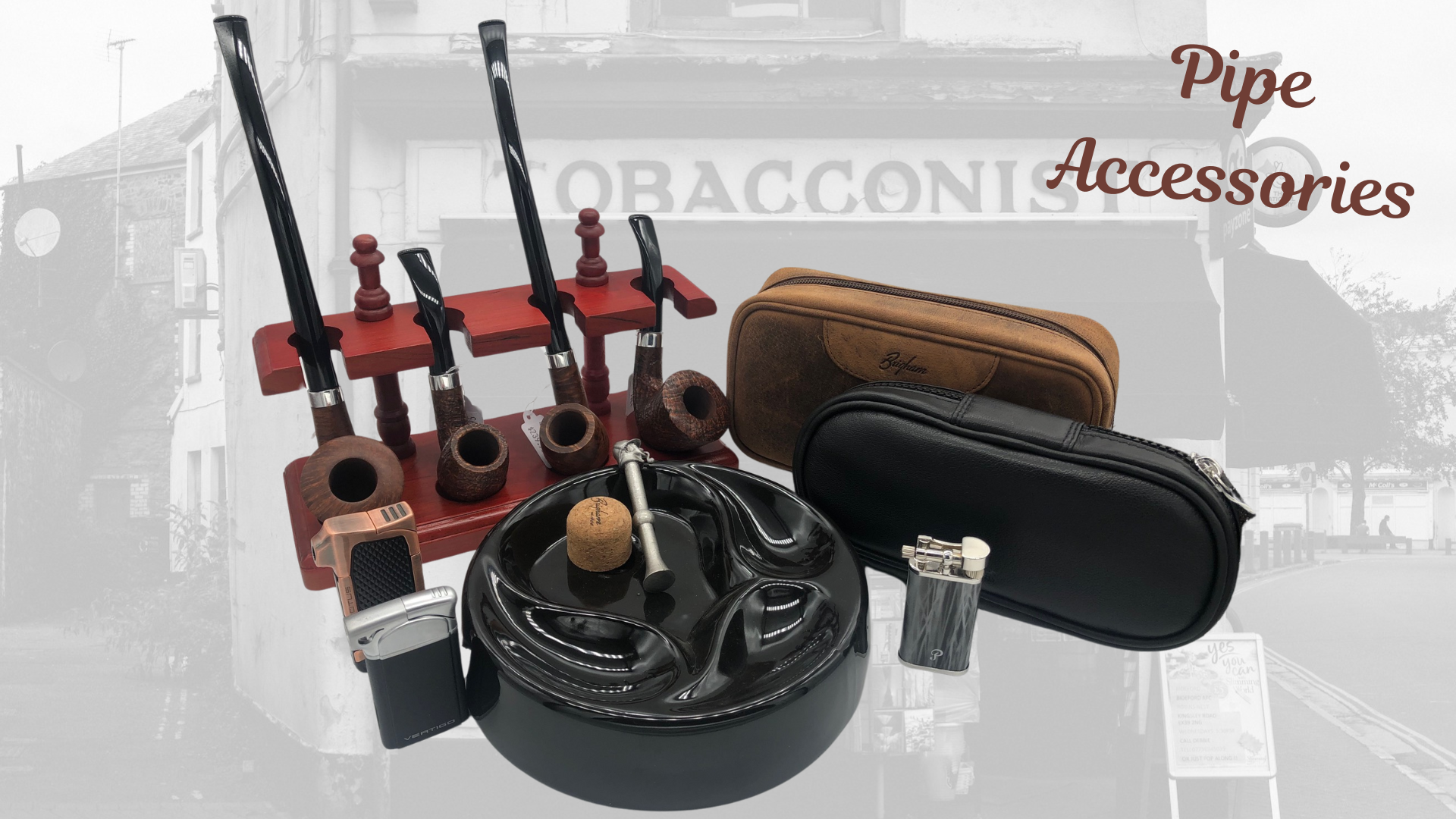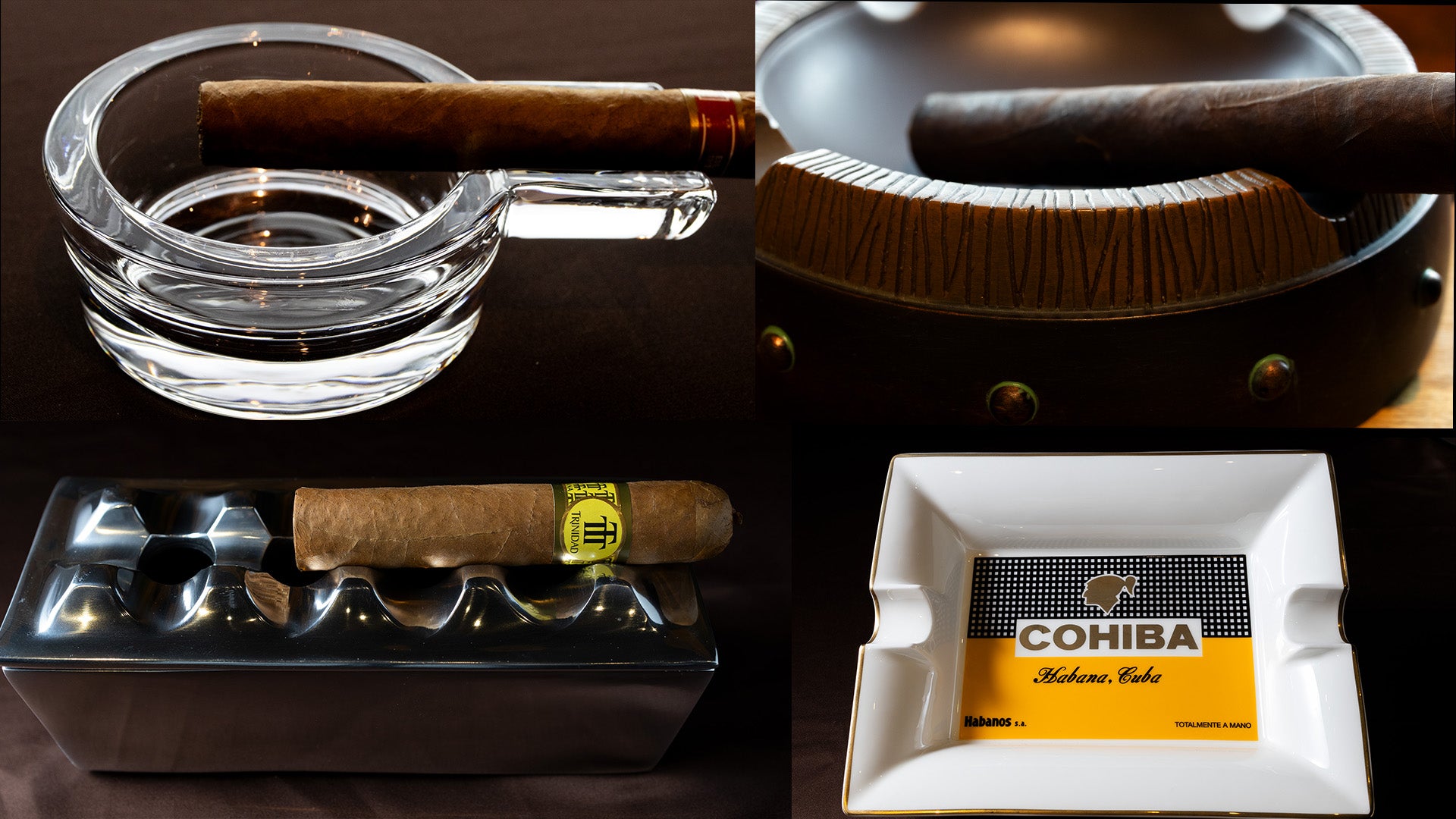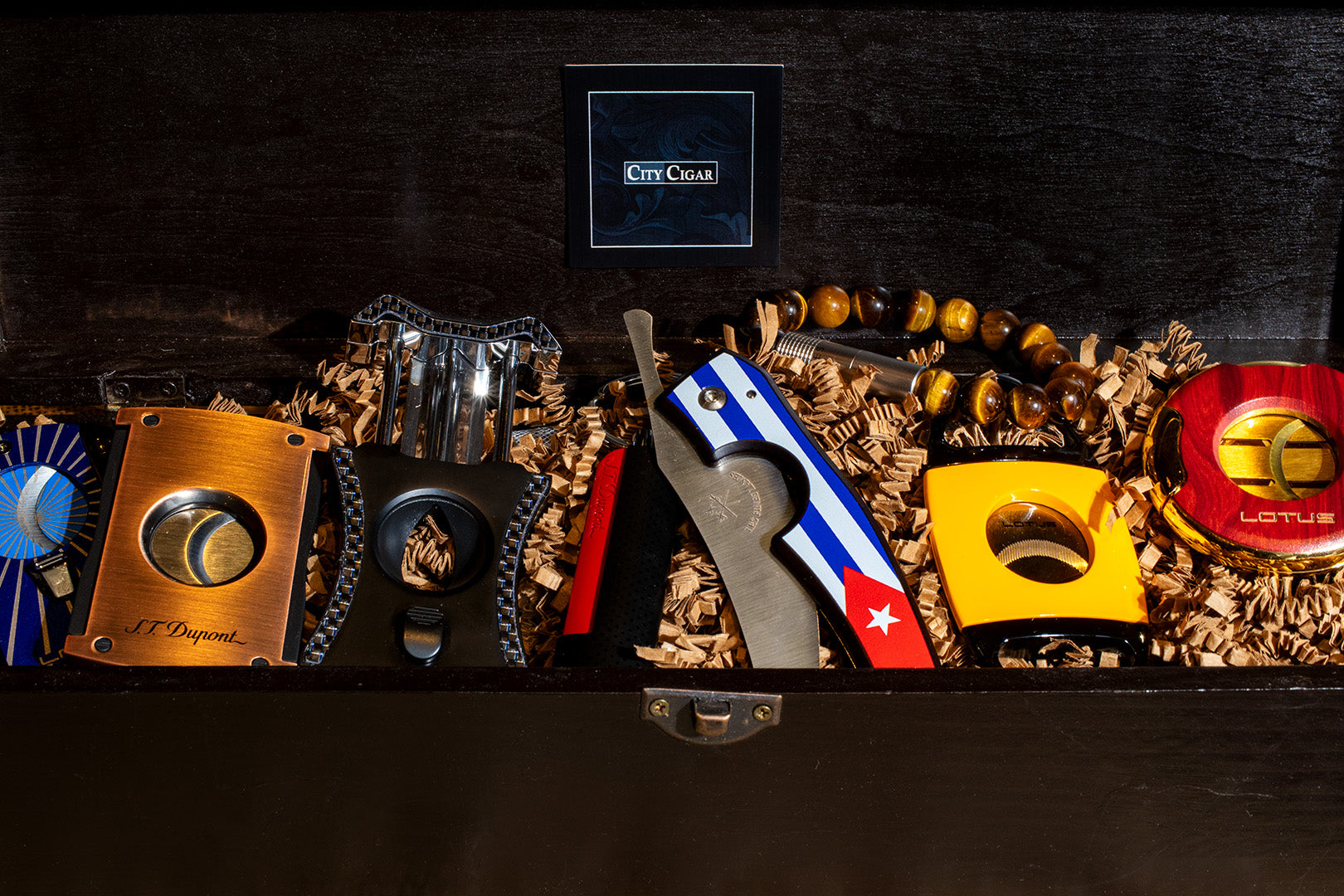What Makes Cohiba Cigars So Special?

One of the most common questions we get is regarding Cuban Cohiba cigars, and specifically - why are they considered so special? And why are Cohiba vitolas priced so much higher than similar sizes from other Cuban brands?
There are a few reasons for this, so let's break them down here...
1) The Third Fermentation
The third fermentation process is a distinctive step that sets Cuban Cohiba cigars apart from other cigars, contributing significantly to their unique flavour profile and high quality. While most premium cigars undergo two fermentations to enhance flavour and remove impurities, Cohiba takes it further with a third fermentation in barrels, which refines the tobacco even more.
This third fermentation helps in reducing the tobacco's harshness without diminishing its rich flavour. It allows for the development of deeper, more complex flavours and ensures a smoother smoking experience. The process involves carefully controlling the temperature and humidity to encourage the tobacco to ferment slowly, which can take several months to complete. This meticulous attention to detail not only enhances the aroma and taste of the cigar but also contributes to its exclusivity and prestige.
The result of this labour-intensive process is a tobacco that offers a balanced, nuanced taste with less bite and a more mellow, refined character. It's one of the reasons why Cohiba cigars are often described as the pinnacle of Cuban cigars, sought after by enthusiasts and connoisseurs worldwide for their unparalleled quality and craftsmanship.
2) Castro's Private Stock
The inception of the Cohiba brand itself is intrinsically linked to Fidel Castro. In the mid-1960s, Castro was introduced to a particularly smooth and flavourful cigar made by a local roller named Eduardo Rivera. Impressed by its quality, Castro made it the official cigar of his government, leading to the establishment of Cohiba in 1966. Initially, Cohiba cigars were exclusively produced for Castro, high-ranking officials in the Cuban government, and as diplomatic gifts, underscoring their exclusivity and the prestige associated with the Cuban revolution.
Cohiba's production was shrouded in secrecy, and its cigars were made using the finest tobacco leaves from the Vuelta Abajo region, following a meticulous process that included the brand's signature third fermentation. This process, overseen by the Cuban government, ensured that Cohiba cigars maintained their superior quality and distinct flavour profile, setting them apart from other cigars. Castro's personal involvement and the brand's connection to the Cuban leadership helped to cultivate Cohiba's mystique, making it a symbol of the revolution's success and Cuba's prowess in cigar making.
In 1982, Cuban Cohiba cigars marked a significant milestone by becoming available to the global market for the first time. The first Cohiba cigars released to the public were part of the Línea Clásica series. This initial offering included three sizes: the Panetela, the Corona Especial, and the Lancero. This was followed by the Línea 1492 in 1992, and then by the Behike and Maduro 5 series' in the mid-2000's.
3) Specialty Series
The Cuban cigar industry is steeped in hundreds of years of tradition, and doesn't often venture outside the norm. In other words, they don't indulge much in experimentation, as is common with cigars from other countries.
However, with Cohiba, Cuba has started to create some very unique 'gourmet' blends over the last twenty years or so. Most prominent is the Behike, which didn't find its way to Canada until 2010, but began with a limited release in late 2006. The original batch of 4,000 cigars sold for $450 apiece, and were created to commemorate the 40th anniversary of Cohiba. All 4,000 original Behikes were rolled by a roller named Norma, who worked at the highly esteemed El Laguito factory, and at one time was in charge of making all of Fidel Castro's cigars.
What makes the Behike particularly special is the inclusion in the filler blend of a type of leaf called medio tiempo. On most tobacco plants, the leaf at the very top is called ligero, which has the most sun exposure and hence the fullest flavour. However, on less than 10% of plants, there is a small leaf that grows above the ligero. It's a fraction of the size of ligero and takes the longest amount of time to ripen. This is medio tiempo, and it's the single most important ingredient of the Behike that adds heavily to the high price.
Another specialty series that has added to the prestige of Cohiba is the Maduro 5. Although a popular type of wrapper on non-Cuban cigars, Cuba avoided maduro cigars for the first 150 years or so of their industry until deciding to offer a maduro option for Cohiba in 2007. Maduro wrappers are aged for longer than most other types of wrappers and at high temperatures, and in the case of the Maduro 5 the wrapper is aged for a full five years. This adds a great richness and complexity to the flavour, while also increasing the cost - and the cachet.
When you factor in all of these variables - the initial exclusivity, the extra time and care taken in the production, and the main avenue Cuba has for making specialty blends - it's quite clear why Cohiba is so heavily in demand around the globe, and considered the flagship brand from that country.


